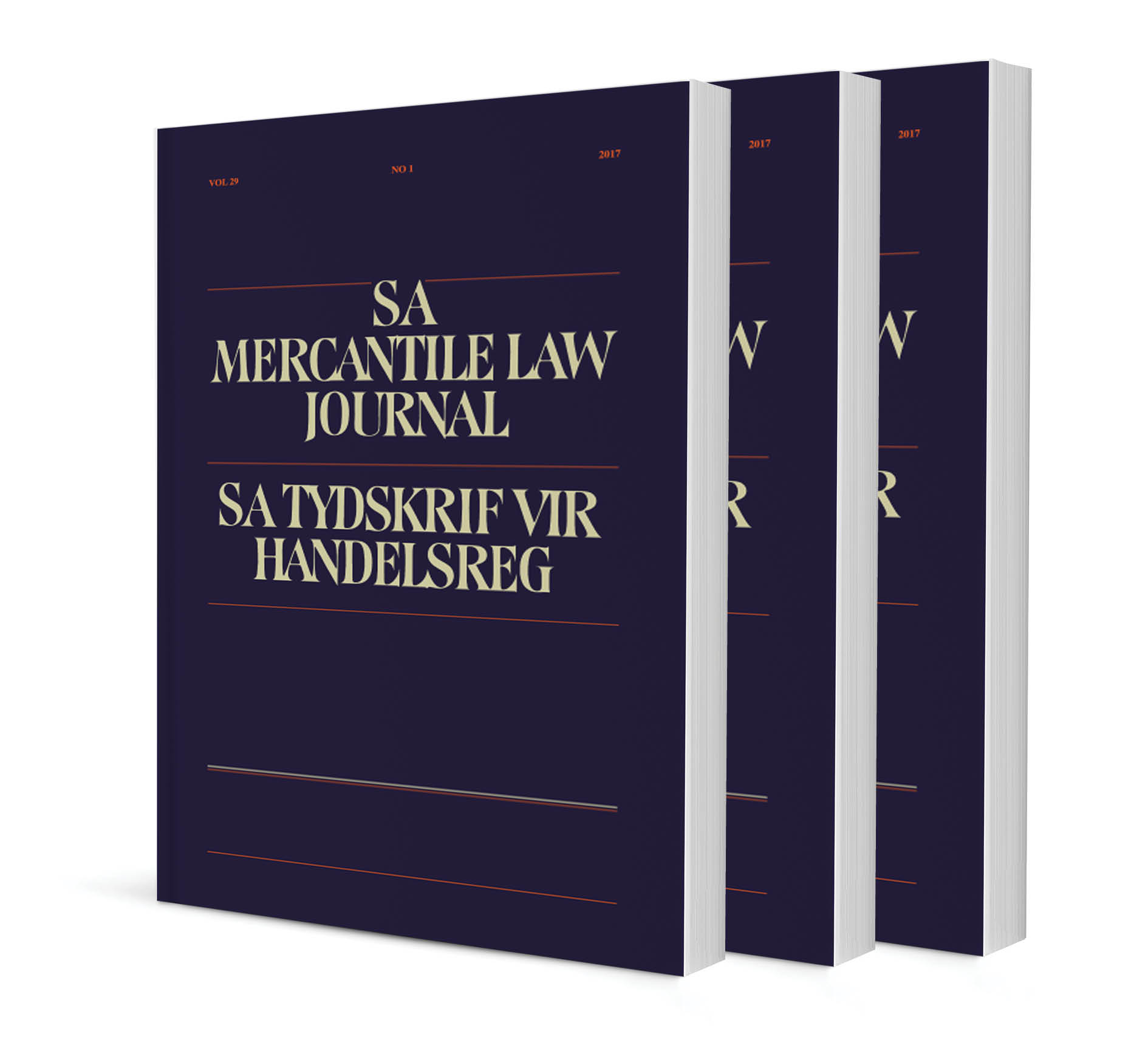The balancing act continues: Recommendations for reform of the National Credit Act 34 of 2005

The balancing act continues: Recommendations for reform of the National Credit Act 34 of 2005
Author: Bronwyn Le-Ann Batchelor
ISSN: 1996-2185
Affiliations: Head of Faculty: Law at the Independent Institute of Education
Source: South African Mercantile Law Journal, Volume 35 Issue 3, 2023, p. 241 – 272
https://doi.org/10.47348/SAMLJ/v35/i3a1
Abstract
Through the enactment of the National Credit Act 34 of 2005 (‘NCA’), the government has focused on the protection of consumers with regard to credit agreements. Legislative protection is necessary due to the parties’ unequal bargaining power at the agreement’s conclusion. Despite these endeavours, there is still the common occurrence of a breach of the agreement by consumers and the ensuing recovery process by credit providers. The equitable balancing of the rights and responsibilities of the parties is essential to the well-being of the parties, the credit industry and the economy. The pre-enforcement procedure is at the centre of the tug of war between the parties. Section 129 of the NCA encapsulates the pre-enforcement procedure and thus determines the balancing of the parties’ rights and responsibilities through its interpretation and application. The section falls short in a number of areas and has resulted in disputes, interpretations and two subsequent amendment acts. This article critically analyses section 129 and determines if the rights of both parties have been equally protected, with reference to the burden of bringing the section 129 notice to the consumer’s attention, based on two schools of thought. The article then contributes to the balanced interpretation of the section by way of amendment recommendations.